The one constant to a good apr├Ęs╠řtailgate, backyard BBQ, or summit celebration? Beer. While you may have a go-to brew to mark these occasions, here at ║┌┴¤│ď╣¤═°, we posed a very scientific question: Which one is the best? To answer this, we diligently blind-tested eight ÔÇťcheapÔÇŁ beersÔÇönothing over $10 for a six-packÔÇöboth straight out of the fridge and at room╠řtemperature╠ř(to simulate an after-hike beer that warms up in your pack). These five stood out.
Our Favorite Three
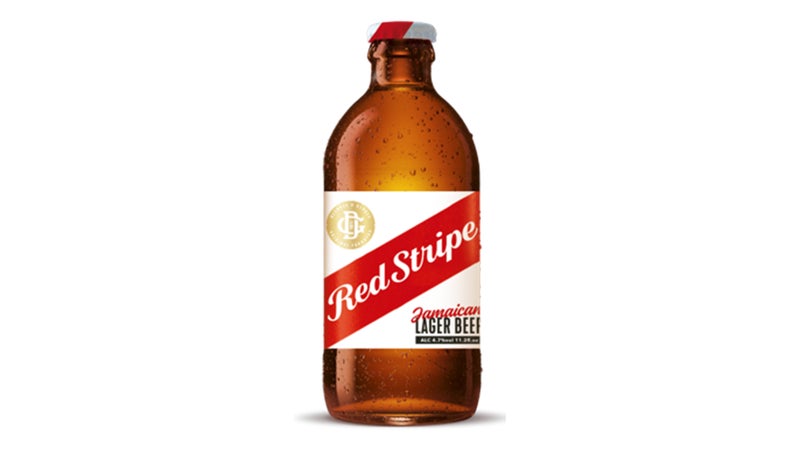
Red Stripe
This╠řJamaican pale lager beer was a╠řwinner when served both at room temperature and ice-cold. For the former╠řtest, we were looking for beers that were palatable and, as one tester said about Red Stripe, ÔÇťnot horribleÔÇŁ and ÔÇťat least had some flavor.ÔÇŁ Served chilled, testers liked Red StripeÔÇÖs malty, sweet flavor, which was surprisingly bright and smooth. ÔÇťI would like to enjoy this beer╠řon╠řa backcountry road with my dog,ÔÇŁ╠řsaid one reviewer. The only drawback is the 11.2-ounce╠řglass bottle that Red Stripe is typically served inÔÇöwhile great for BBQs and tailgates, it might be╠řa hazard in a loaded backpack. WeÔÇÖd advise╠řsticking with one of the companyÔÇÖs╠ř16-ounce╠řcans if youÔÇÖre going╠řinto the wilderness.
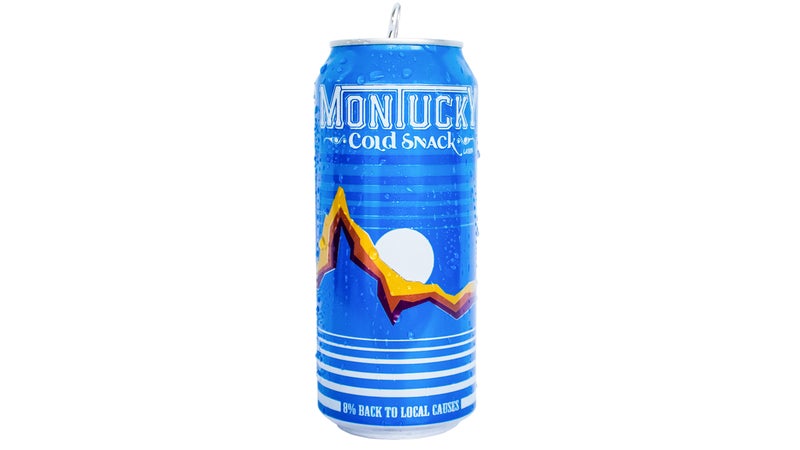
Montucky Cold Snacks
Newcomer Montucky Cold Snacks beat out other╠řestablished beers with its light flavor and delicate aftertaste. Served warm, testers noticed a subtle yeast tang╠řand liked that ÔÇťit was smoother than the others we tried.ÔÇŁ Served cold,╠řMontucky elicited some ÔÇťyumsÔÇŁ╠řand was singled out for its light╠řto╠řnonexistent aftertaste: ÔÇťItÔÇÖs really nice at the beginning, but the flavor kind of tapers off, which is good because most of the ones with an aftertaste arenÔÇÖt great,ÔÇŁ said one tester. While Montucky does offer its lager in 12-ounce╠řcans, itÔÇÖs mostly found in 16-ounce╠řtallboys. And weÔÇÖre not complaining about that.
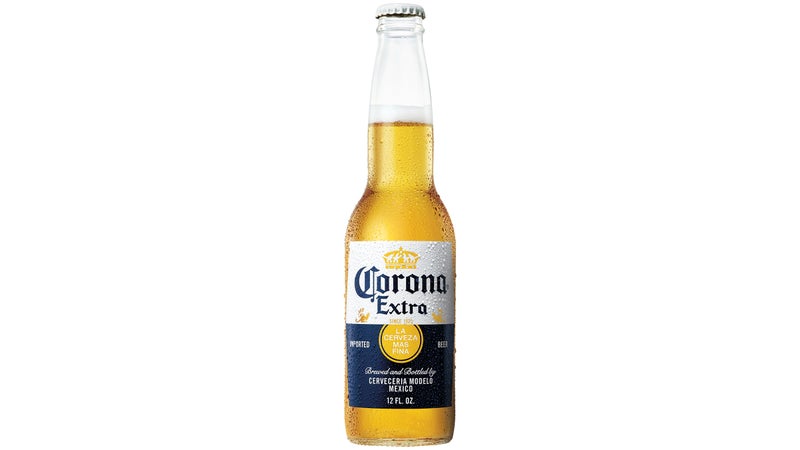
Corona Extra
We added this╠řMexican lager to the list just for kicks, and it quickly became a fan favorite. Testers╠řliked that the beer had slightly╠řmore body to it than others╠řand found it refreshing, even when served warm. ÔÇťIt doesnÔÇÖt taste like water with just a bit of something added to it,ÔÇŁ said one reviewer╠řduring the room-temperature test.╠řÔÇťIt actually has some good flavor, if thatÔÇÖs possible.ÔÇŁ The accolades continued in the cold test, with drinkers noticing honey-sweet and malty notes. ÔÇťIf I was planning to drink more than one beer, IÔÇÖd probably go with this one,ÔÇŁ said one reviewer. Like Red Stripe, Corona is typically served in 12-ounce╠řbottles, but we would recommend grabbing it in the available 12-ounce╠řcans if you plan on╠řstoring it anywhere but a fridge or cooler.
The╠řRunners-Up
While they didnÔÇÖt excel in both tests, these two beers stood out in the╠řindividual warm and cold trials.
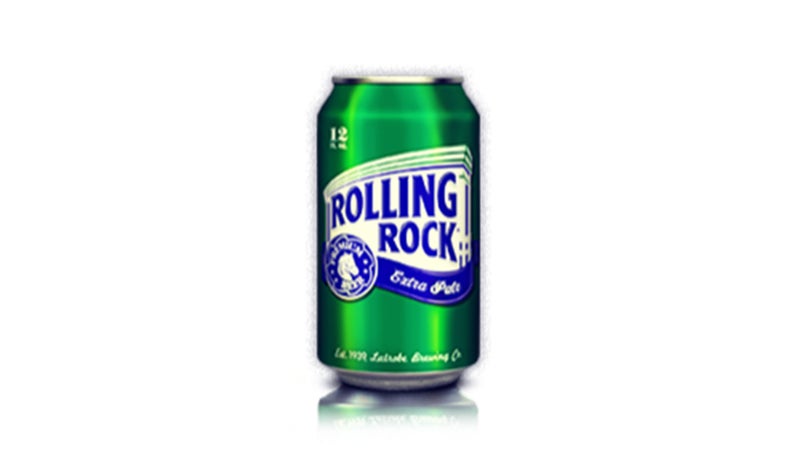
Rolling Rock
This American lager had notes of oatmeal and grain╠řand was ÔÇťdecent,ÔÇŁ according to one reviewer,╠řeven when consumed at╠řroom temperature. ÔÇťI could drink a whole can of that,ÔÇŁ said one tester.╠řÔÇťItÔÇÖs light and refreshing and isnÔÇÖt going to fill you up.ÔÇŁ Another positive: itÔÇÖs the cheapest beer╠řwe tested, coming in at $14 for an 18-pack.
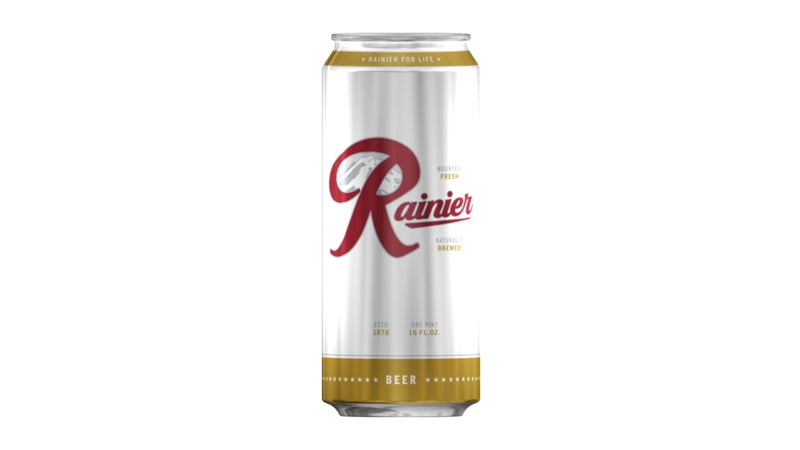
Rainier
While it was deemed a bit╠řlackluster╠řin the warm test, from the first sip, this American lager╠řwas a favorite when cold.╠řÔÇťI really like that,ÔÇŁ╠řsaid one tester.╠řÔÇťIt has a really good flavor from start to finish.ÔÇŁ Others praised it as╠řÔÇťlight and brightÔÇŁ and noted╠řa good body with a hint of malt and grain. There is one drawback:╠řwhile we were able to find╠řRainier cans in Colorado, the search might be hard╠řto╠řimpossible if youÔÇÖre based on the East Coast. RainierÔÇÖs╠řdistribution is mostly concentrated in the West.

